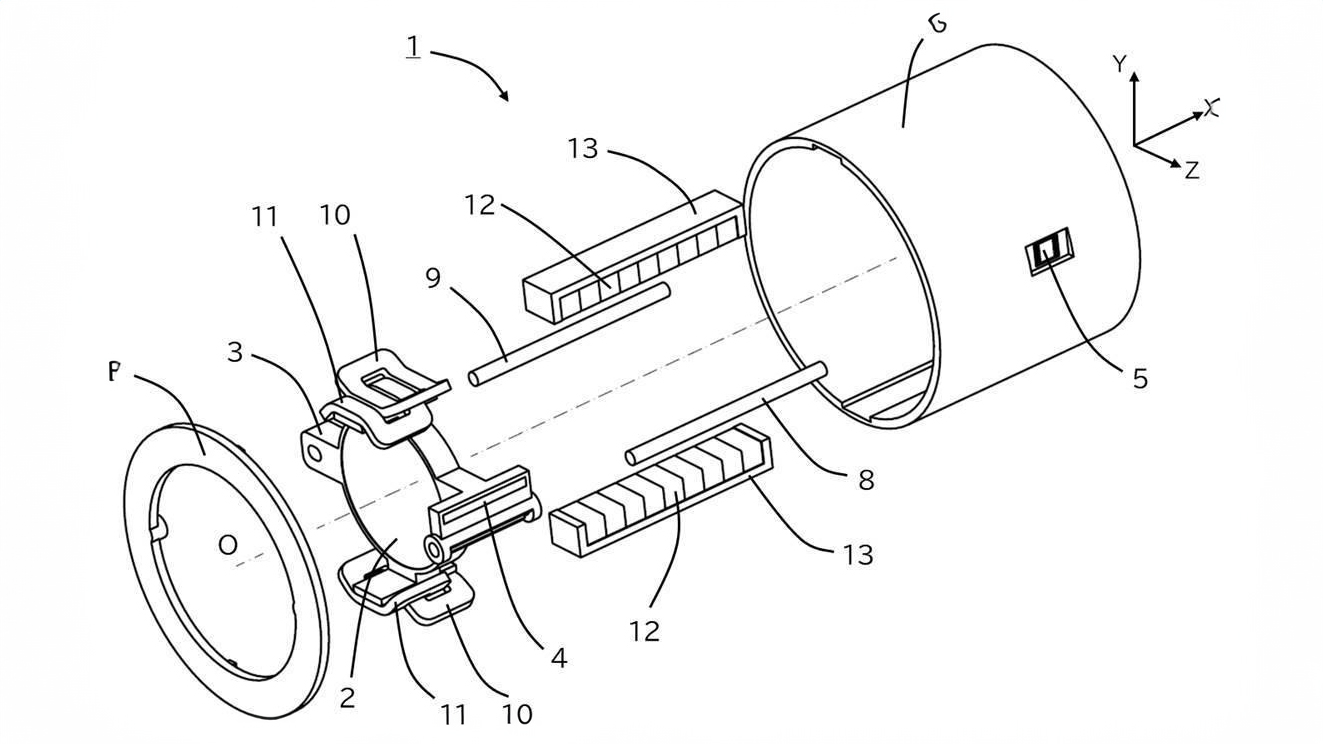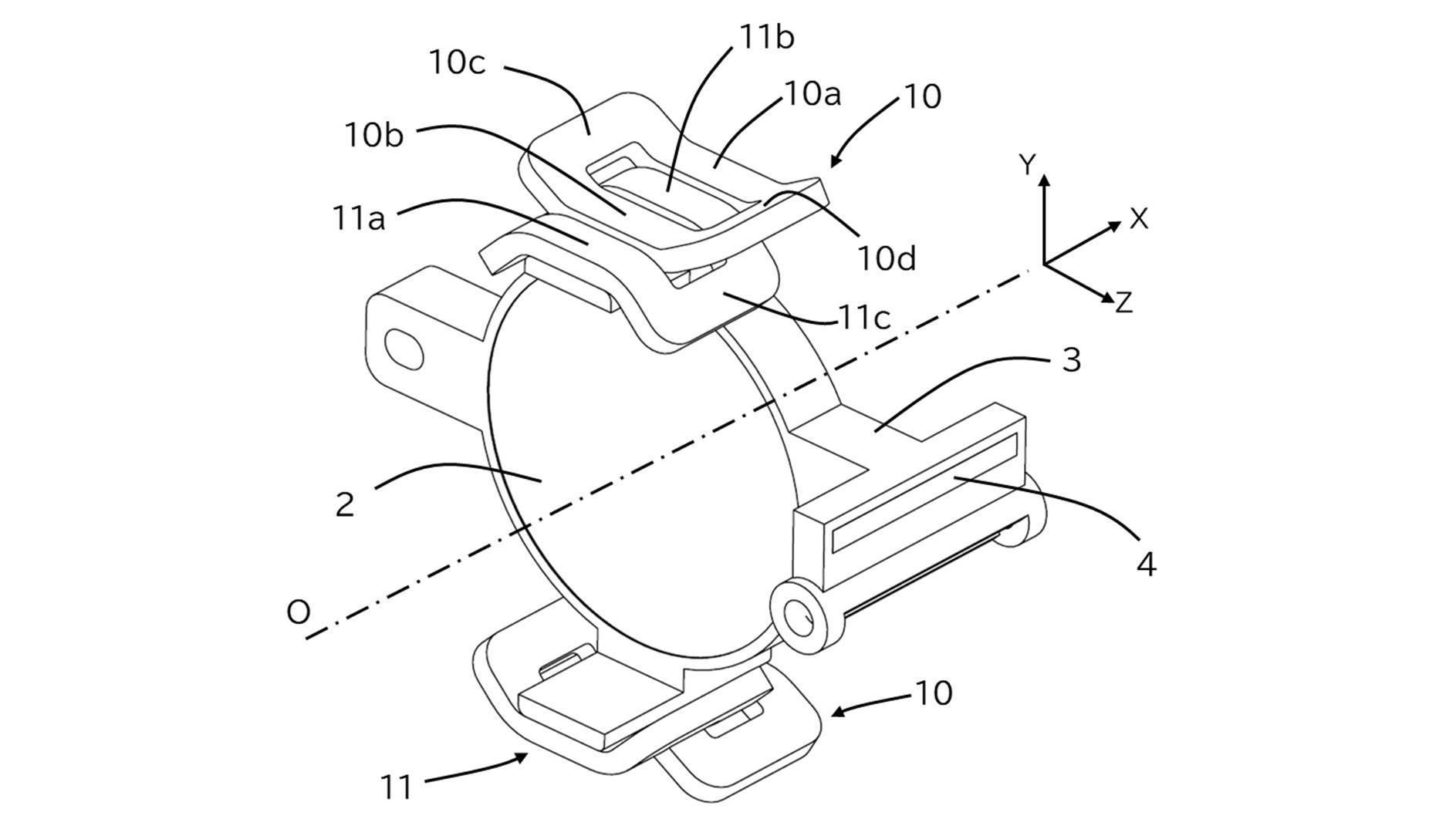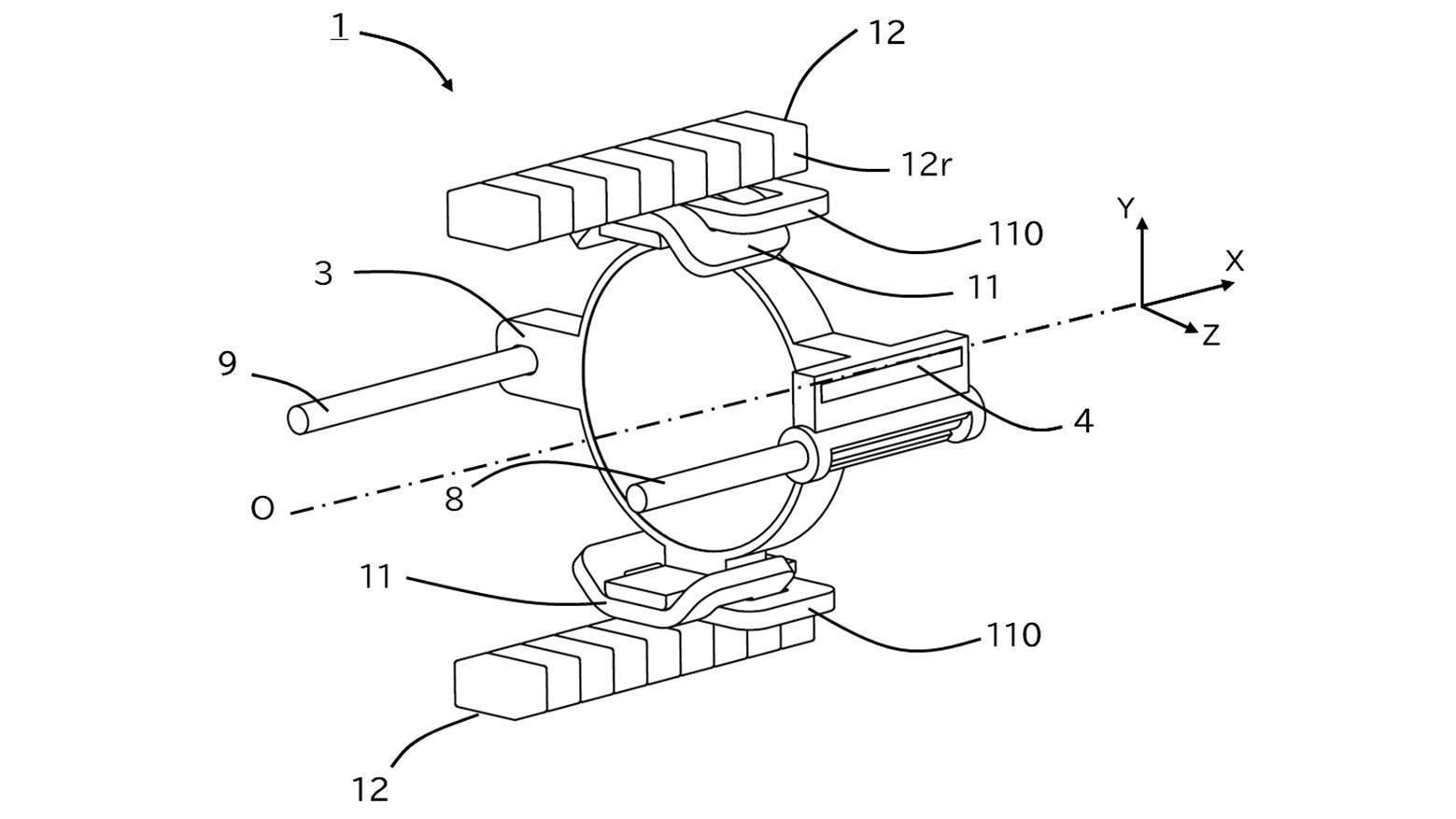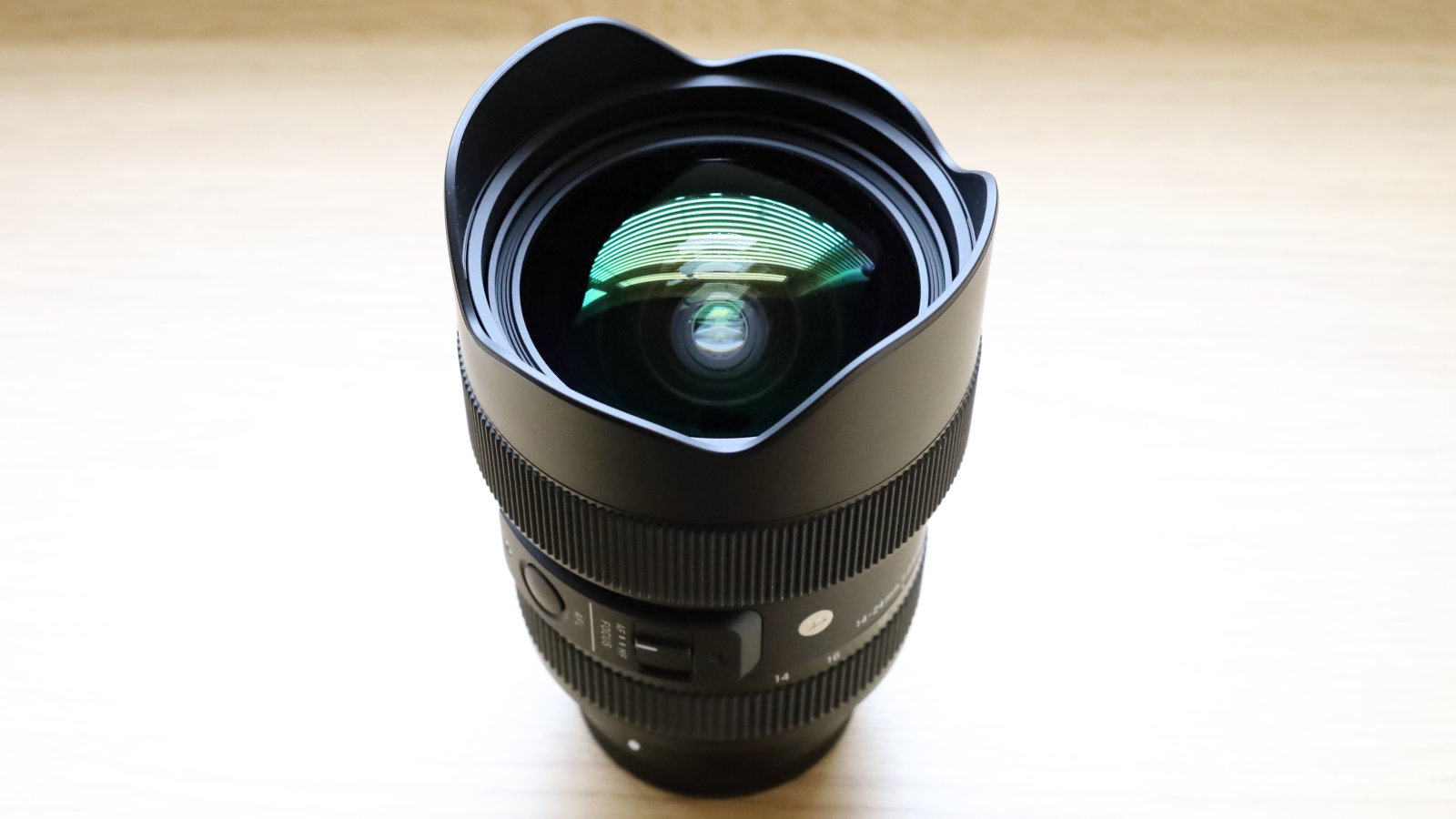Canon's new camera lens technology promises compact, speedy and silent autofocus optics
Looks like Canon cracked the code with new engineering technology, optimizing AF optics without losing image quality

A patent application shows that Canon is working on optimizing its optical lens design, creating new autofocus (AF) motor technology designed to make RF lenses smaller, faster and super quiet – all without sacrificing image quality.
Canon's patent (JP 2025-080717), which was recently surfaced by Canon Rumors, could be the company's first step toward AF lenses that are both compact and whisper-quiet – a tough balance to achieve.
The reality is that if a lens is small, its AF motor tends to be noisy or slow – a dealbreaker for creating stills in genres like wildlife or sport, or videography. Lenses with quiet and fast AF are often heavy and bulky, requiring tripods or extra support gear that weigh you down.
The longer the focal length, the bulkier the optics. To compare some lenses on the market with a focal length between 300-600mm, the Sigma 300-600mm f/4 DG OS Sports weighs nearly 4kg (9lbs), and the Nikkor Z 600mm f/4 TC VR S brings 3,260g / 7.17lbs to the table.
Canon's heaviest optics in that range weigh around 3kg / 6.61lb, such as the Canon RF 600mm f/4L IS USM (3,090g / 6.80lbs), RF 400mm f/2.8L IS USM (2,890g / 6.36lbs) and RF 100-300mm f/2.8 L IS USM (2,590g / 5.70lbs).
Canon's new patent



The new design from Canon hints that it has figured out a smart way to improve all this, employing new technology that makes it possible to get AF lenses that are quiter, lighter to carry and faster to focus.
The optical system uses multiple tiny motors placed evenly inside the lens barrel, each featuring specially shaped coils and magnets. These magnets are arranged in what's called a Halbach array.
The best camera deals, reviews, product advice, and unmissable photography news, direct to your inbox!
A Halbach array is a smart magnetic setup that boosts the magnetic field on one side while canceling it on the other. In simple terms, it focuses magnetic power exactly where it's needed – making the AF motor quieter, smoother and more efficient.
This design enables the lens elements move quietly and precisely along the focus axis, delivering fast, accurate and silent AF. Usually, many patents hint at specific zoom ranges or apertures, but this Canon patent focuses on the motor design itself.
As mentioned, telephoto zoom lenses would benefit from the new AF lens motor most, as these can be heavy. Canon Rumors points out that this technology seems "ideal for lenses in the 70-200mm to 100-500mm range" – which may tally with the rumored RF 200-500mm and 150-600mm lenses that have featured in recent camera rumors.
Getting sharper photos and cleaner videos with less hassle (and weight on our shoulders) will probably come with a hefty price tag – and that's if this technology even makes it to market – but for certain shooters the price could be well worth it.
You might like...
Check out the latest Canon rumors. You might be interested in our guides about the best Canon cameras and the best Canon RF lenses.

Kim is a photographer, editor and writer with work published internationally. She holds a Master's degree in Photography and Media and was formerly Technique Editor at Digital Photographer, focusing on the art and science of photography. Blending technical expertise with visual insight, Kim explores photography's time-honored yet ever-evolving role in culture. Through her features, tutorials, and gear reviews, she aims to encourage readers to explore the medium more deeply and embrace its full creative potential.
You must confirm your public display name before commenting
Please logout and then login again, you will then be prompted to enter your display name.
